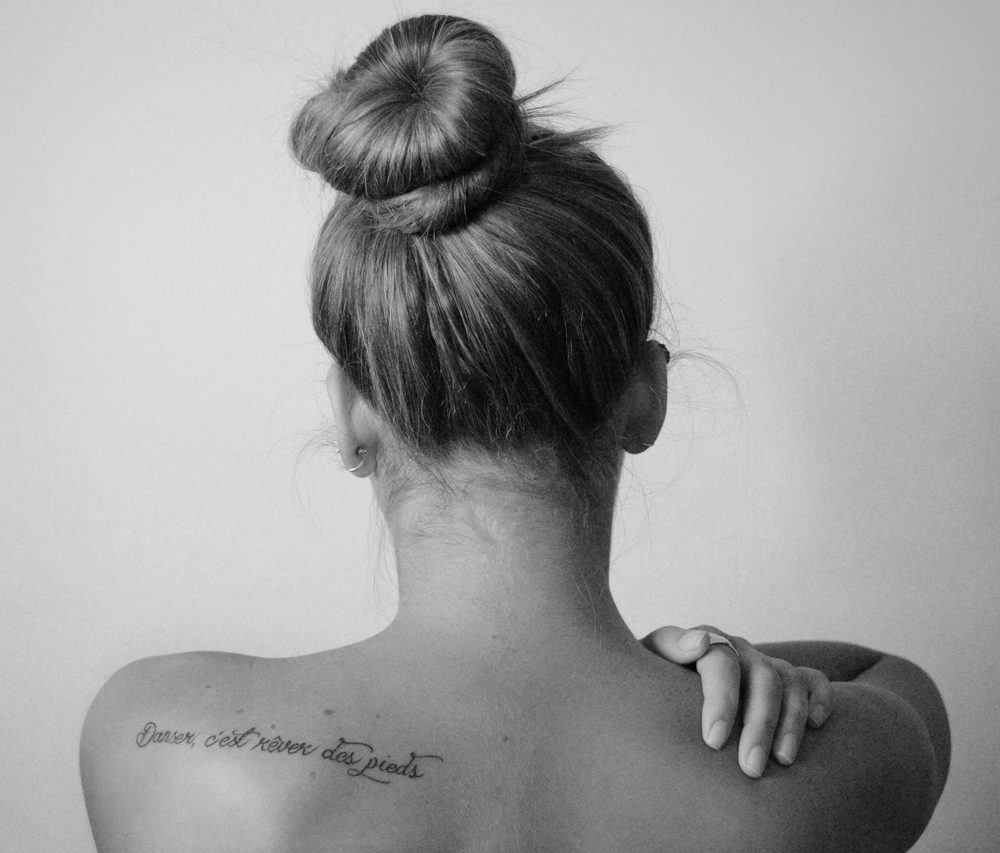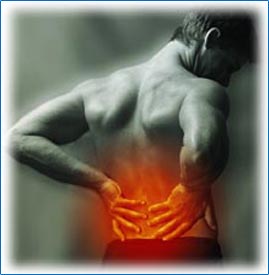
Patients with MRIs
I often see patients with back pain coming into my clinic who focus solely on the MRI results. Some believe until they have an MRI, physical therapy can’t help. On the other hand, others have MRIs showing severe spinal damage: these people believe they will not get better. This belief plays into their participation in physical therapy. If you get nothing else from this article, get this one point: back pain is treatable. It usually resolves. So what’s with these MRIs?

A back patient coming in with their MRI will read the scary results: osteophytes through L3-L4, compression of L4-L5 on the disc and compression of nerves of L4-L5 and L5-S1. Even worse, the physician may even tell them they won’t get better: these results cannot be treated without surgery. Lately, though, more and more studies of MRIs on healthy, pain-free individuals have presented interesting results. It turns out that a significant percentage of these healthy individuals had the same results as those with pain. This means that the osteophytes and arthritis presenting on your MRI may not be the source of your pain.
Let’s review a couple of studies to clarify:
1) Physicians performed an MRI on 67 individuals with no low back pain or sciatica. Those younger than 60 years old, had a one in five chance of having a herniated disc. Of those older than 60, all but one had a herniated disc or degenerative changes. We aren’t sure how many were in the 60 and up group, so we don’t know if it 50% or 5% had herniated discs. Also, other studies have shown similar results (2, 3).
2) Next, this study included two hundred subjects with no history of low back pain. The physicians performed MRIs at the beginning and ending of a five year period. 25% of the subjects developed low back pain during this time period, but only 4% saw changes on the MRI (4). This study is huge! It means not only do these MRIs not show any correlation with pain, but they don’t indicate future pain either. Hopefully, these researchers will continue to research results 10, 15, 30 years down the line to see if they predict long term back pain.
3) Even scarier, an old, but informative study found that subjects who were given MRIs early (prior to 30 days of LBP had similar outcomes to the no MRI group. However, they had LOWER rates of going off disability, and $12,948 to $13,816 more in medical costs than the no MRI group (5). YIKES! I believe this occurs because of the psychological effects of the MRI. Once you see the results on your MRI, you have a hard time believing you will get better. This belief plays into your willingness to participate in treatment and the psychological effects of pain.
What does this all mean?
This information seems incredibly counterintuitive. It takes time to talk with patients who received MRIs to convince them not to focus on their MRIs. Sometimes, it does show the cause of pain; sometimes it doesn’t. I use what I find on physical examination to determine the course of treatment. This strategy has better outcome measures, saves money, and creates less fear with the patient. The psychology and belief systems of the patient have huge impacts on the results. It is crucial that they believe they can improve.

This research does not mean the MRI never has value. Some patients do benefit from them, especially if the physician or physical therapist is concerned about cancer, broken bones, or other diagnoses. Your physical therapist, though, should determine the necessity for an MRI as the therapist will have a better understanding of orthopedics than your primary physician. I recommend seeing a physical therapist to anyone with back pain lasting over a week or immediately if the pain is significant. In conclusion, you can treat your back pain, but it resolves much quicker if you come in immediately than if you wait three months.
Dr. Carrie Williamson, PT, DPT, c/NDT, LMT
Physical therapist
Massage therapist
Certified Aromatherapist
References
- Boden SD, Davis, DO, Dina TS, Patronas NJ, WEisel SW. Abnormal magnetic resonance scans of the lumbar spine in asymptomatic subjects. A prospective study. J bone Joint surf Am. 1990; 71A(3): 403-408.
- Jenson, MC. Brant-Zawadzki MN, Obuchowski N, Modic, MT, Malkasian D, and Ross, SR. Magnetic Resonance Imaging of the Lumbar Spine in People without Back Pain. N Engl J Med 1994; 331:69-73.
- Kjaer P1, Leboeuf-Yde C, Korsholm L, Sorensen JS, Bendix T. Magnetic resonance imaging and low back pain in adults: a diagnostic imaging study of 40-year-old men and women. Spine (Phila Pa 1976). 2005 May 15;30(10):1173-80.
- Carragee E, Alamin T, Cheng I, Franklin T, Van Den Haak, Hurwitz E. Are first time episodes of serious LBP associated with new MRI findings? Spine J. 2006;6:624-635.
- Webster BS1, Bauer AZ, Choi Y, Cifuentes M, Pransky GS. Iatrogenic consequences of early magnetic resonance imaging in acute, work-related, disabling low back pain. Spine (Phila Pa 1976). 2013 Oct 15;38(22):1939-46.